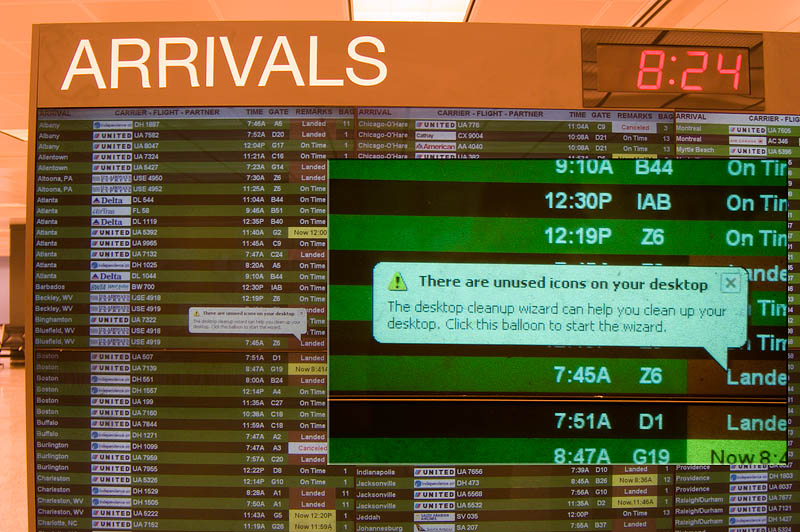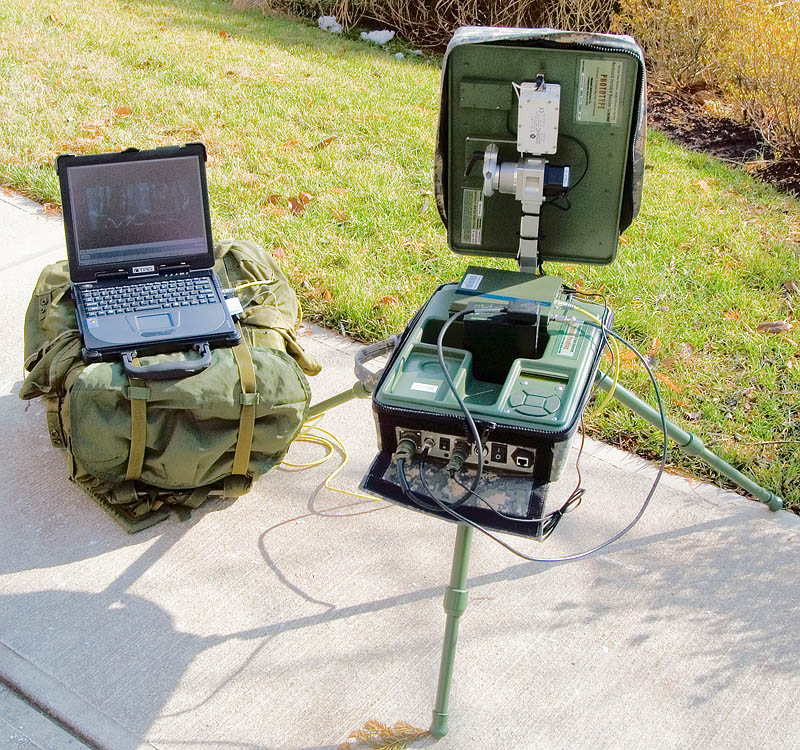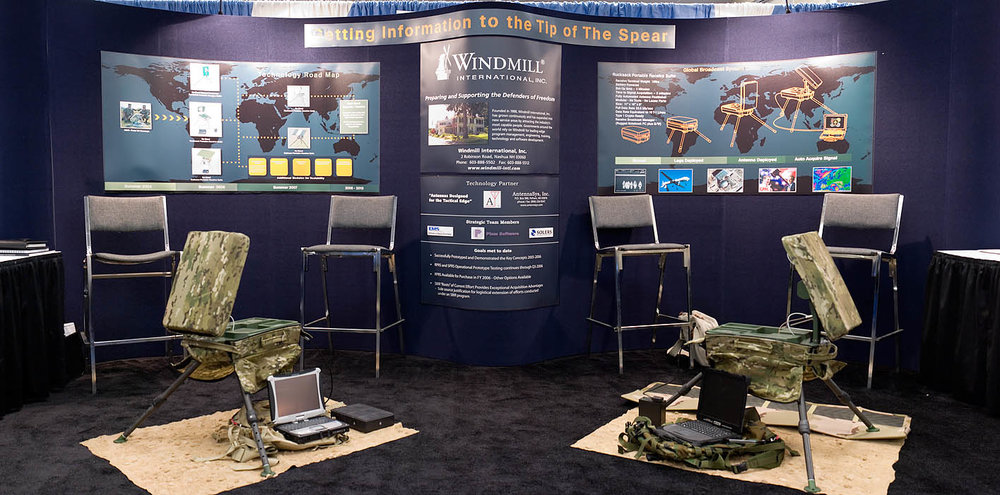An SBIR Success Story and a Win for the Warfighter!
Windmill International, Inc. announced that it has received a $9 million order for their KA-10 Suitcase Portable Receive Suite (SPRS) for Central Command Special Forces in Afghanistan. The order included KA-10s, training, and product support. Windmill's KA-10 SPRS is a highly-portable, rugged satellite receiver system developed to support Special Operations forces deployed overseas. The battle-ready KA-10 conveniently brings crucial command center information and data to the in-field warfighter, substantially improving mission success probabilities and saving lives. [...more]
In September of 2004, Mr. David Martin (Windmill International, Inc.) and I, along with our AFRL sponsor Mr. John Turtle briefed the Special Operations Command on the results of our SBIR Phase I and Phase II program. The briefing was entitled "AFRL SBIR contract to develop lightweight GBS Rx antenna for Special Forces". The press release above is the culmination of that briefing and the result of hard work by a fantastic engineering team that simply did not understand that it couldn't be done.
Dave Martin (R) and myself (L) at Wahiawa, HI demonstrating the "Iron Maiden" in July 2004
In the picture above, our prototype weighed 65 lbs., but replaced about 400 lbs. of equipment, and ran on batteries. The then-current system is shown in the background; it is a 1-meter dish antenna. The "Iron Maiden" was the precursor of the new KA-10 system which weighs about 40 lbs.
The working prototype KA-10, with Dave and I on our way to a demo in Washington DC, December 2005
The original goal of the system was to be sized for airline carry-on. It struck us that we had achieved our goal when we were on a commuter jet bound for DC from Manchester NH. (Photo by Dave Martin)

Upon arriving at Dulles, we were reminded by the Arrivals Board that while the hardware may be working perfectly, there were things that could still go wrong. One challenge was that it was FREEZING in DC when we got there, and had to go to the mall to buy thermal underwear for the demo. We demonstrated the unit on Pearl Harbor Day, December 7th, 2006.

The system worked perfectly, though the demo gremlins were quite active. We had overcome magnetic anomolies, loose hardware, and a temperature-related sensor failure. All these things were taken back to the engineering team as lessons learned and made the ultimate product better. And, yes, we blamed some problems on software... unfairly. Sorry, Dan. (Mr. Dan LaRue of Plum Software, Newburyport MA, wrote excellent code that worked great!)
There are many, many people to thank for having worked on this project, and I have not asked any of them permission to use their names. But to them I say THANK YOU!! It's been a wild ride.

At MILCOM 2006
(U.S. Patent 7,889,144 and other U.S. and International Patents both issued and pending.)


